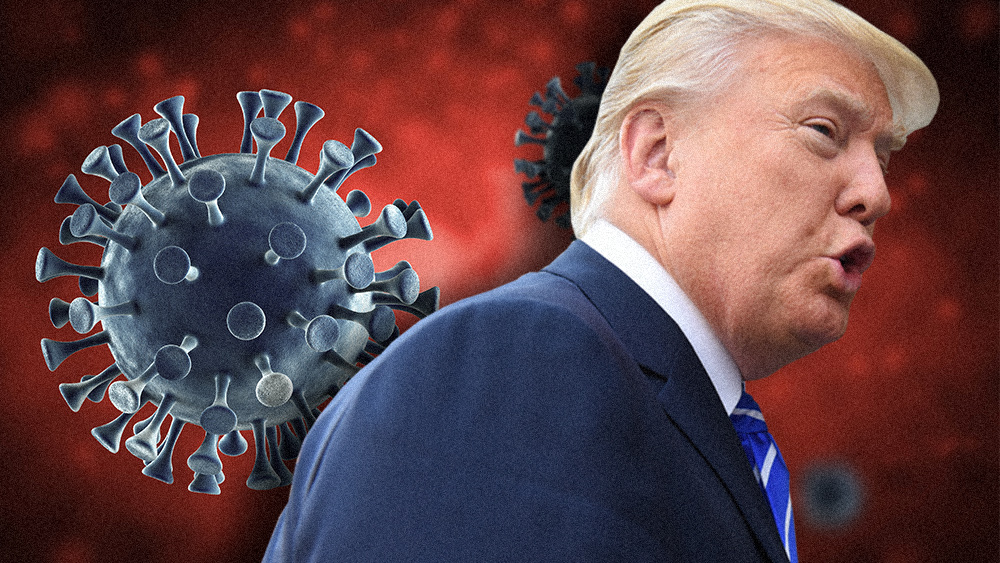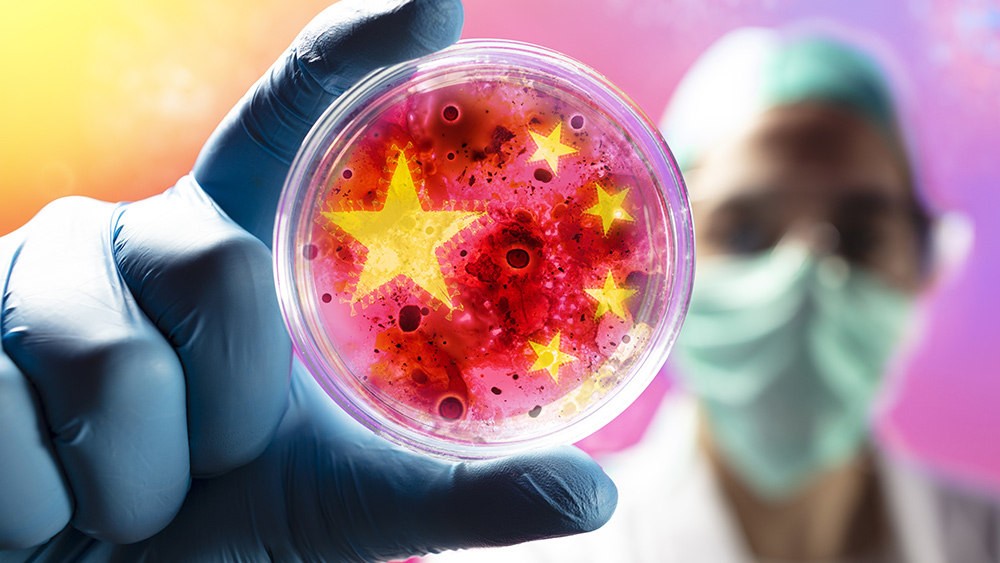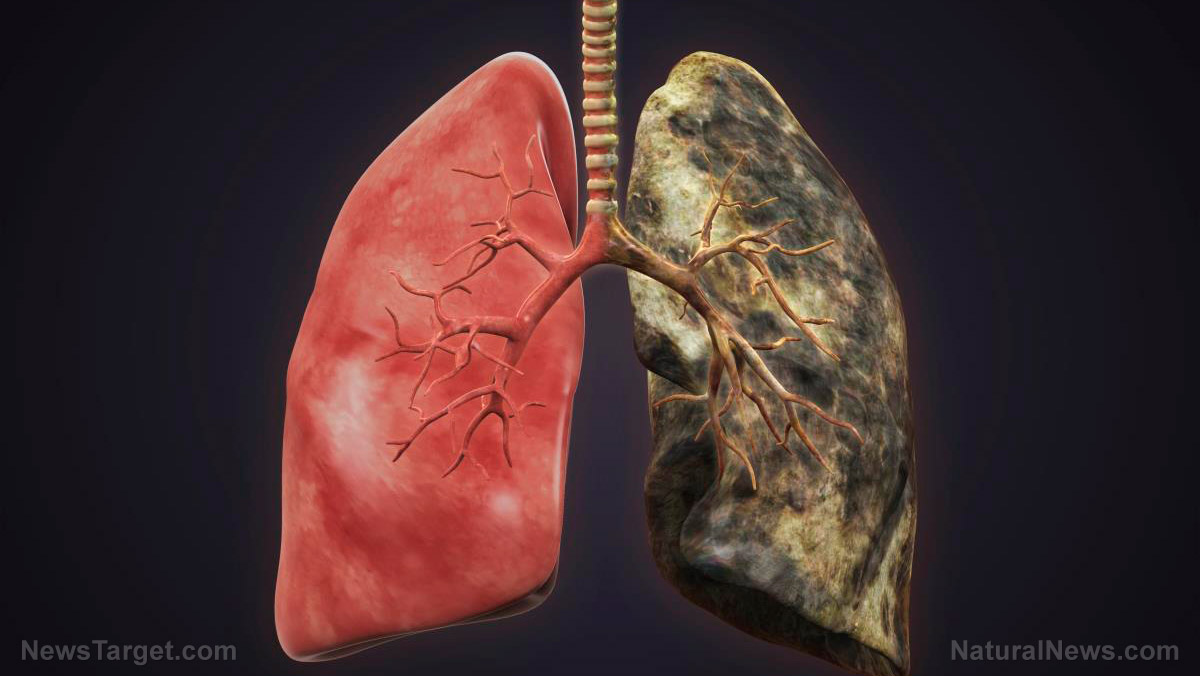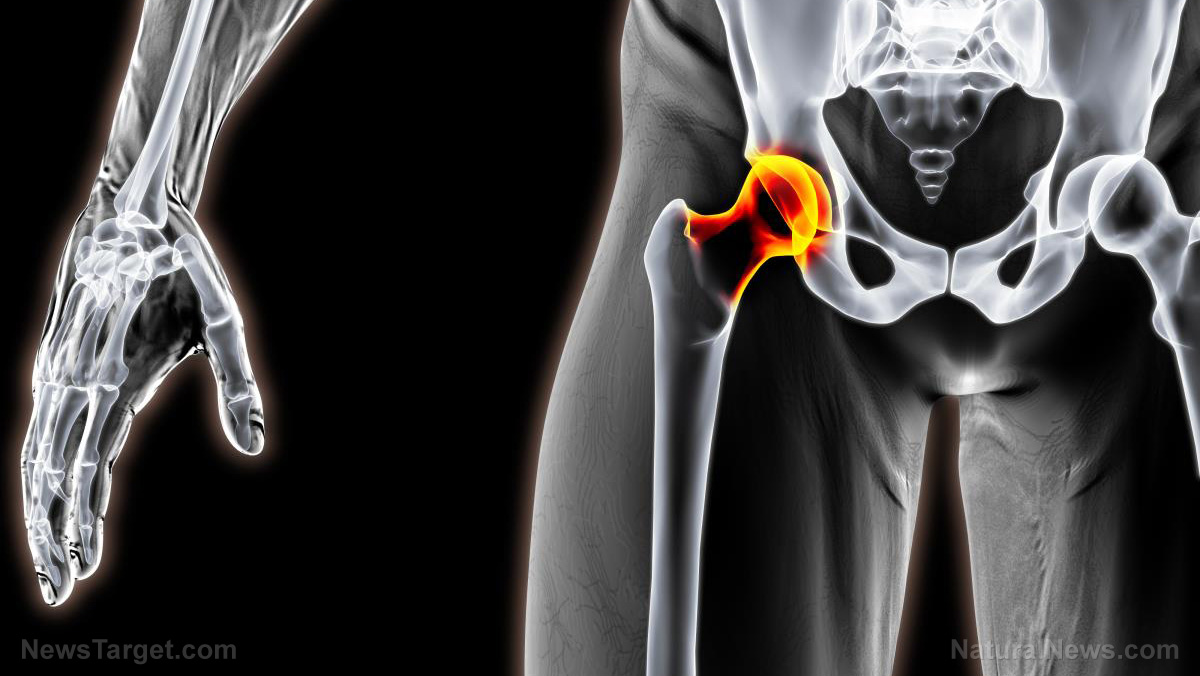Men, being around sources of radiation “weakens” your swimmers
03/24/2020 / By Evangelyn Rodriguez

Ionizing radiation (IR) is known for its harmful effects on the body, especially the damage they cause to cells and their DNA. While exposure to low levels does not cause immediate health effects, high levels of IR are known to cause serious health problems, such as heart disease and cancer.
Recent studies also suggest that IR has devastating effects on the male reproductive system. In a study published in the journal Annals of Agricultural and Environmental Medicine, researchers from Poland looked at how IR from artificial sources, particularly medical ones, affects male reproductive health. They found that men who are constantly exposed to IR are at risk of infertility due to the negative effects of IR on sperm health and production.
Radiation affects sperm motility, morphology and production
According to recent findings, spermatogonia, or undifferentiated male germ cells, are less susceptible to DNA damage caused by exposure to IR. However, they suffer from slower DNA repair than somatic cells as a consequence.
The researchers noted that at each stage of sperm production (spermatogenesis), damage to genes due to IR exposure is possible. Haploid spermatids, which are formed during spermatogenesis and contain only half of the genetic material found in the original, show the highest sensitivity to IR.
While the genetic risk of cells differentiating during spermatogenesis is limited to one cycle, the genetic instability may persist for life. DNA damage caused by IR exposure may also be transmitted to future generations.
Previous reports suggest that the minimum dose that can cause detectable DNA damage is 30 gray (Gy). As this dose increases, the number of single-strand DNA breaks also increases.
The researchers also observed a decrease in sperm motility, the percentage of morphologically normal spermatozoa and intensification of vacuolization in men exposed to IR. In addition, the genetic material in the sperm of these males showed high fragmentation and methylation of genomic DNA. DNA methylation is often associated with the suppression of gene expression.
Based on their findings, the researchers believe that IR poses a significant reproductive risk for men and exposure to it, especially IR from medical sources, should be a health consideration due to the prevalence of male infertility.
Sources of ionizing radiation
IR refers to the energy released by atoms, usually in the form of electromagnetic waves (e.g., gamma or X-rays) or particles. According to the World Health Organization (WHO), people are exposed to natural sources of IR on a daily basis. In fact, more than 60 naturally occurring radioactive material can be found in the soil, water and air. People also regularly ingest radionuclides — unstable elements that emit IR — from air, food and water.
Natural sources of IR, which account for 86 percent of a person’s annual average radiation dose, include the following:
- Radon, a radioactive natural gas produced by uranium, which is present in rocks and soils
- Cosmic radiation from the sun or from outside the solar system
- Natural radioactivity from radionuclides in soil
- Thoron, a naturally occurring radioactive gas found in air
- Natural radioactivity from potassium-40, which is present in all foods
On the other hand, man-made sources of IR, which are responsible for 14 percent of a person’s annual radiation dose, include:
- Medical procedures or equipment, such as dental and chest X-rays, angiocardiogram, CT scans and nuclear medicine
- Radiation in the environment due to nuclear weapons testing, accidents at nuclear facilities and the discharge of radioactive wastes from nuclear and other facilities
Besides natural sources, exposure to IR from medical equipment is one of the biggest contributors to the annual radiation dose of a person. Men who wish to protect their reproductive system from IR can talk about their concerns with their natural health practitioner, especially before taking medical tests. They can also ask for suitable alternatives if available. (Related: Boost male fertility with the right foods.)
MensHealth.news has more stories about male reproductive health and how to protect or improve it using natural means.
Sources include:
EPA.ie [PDF]
Tagged Under: DNA damage, Infertility, ionizing radiation, men's health, radiation science, reproductive health, research, sperm, sperm health, spermatogenesis



















